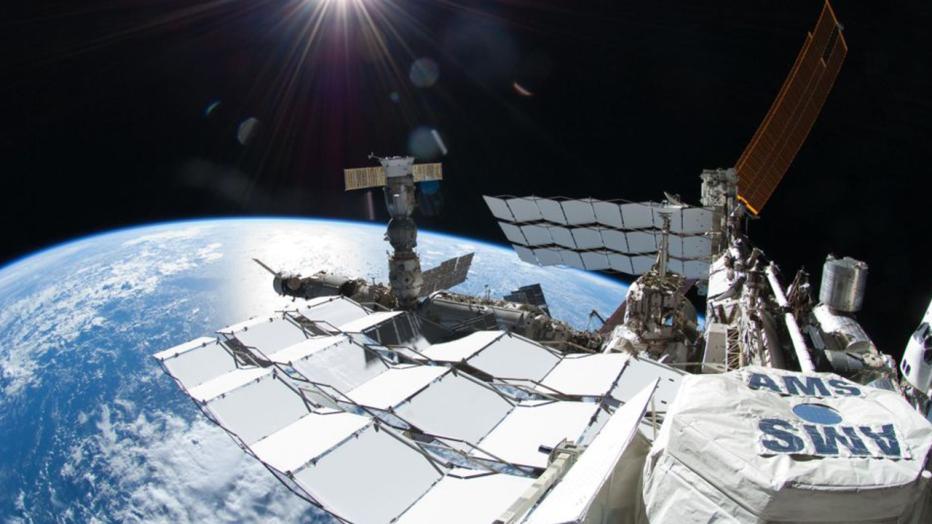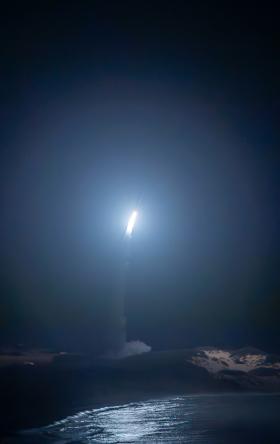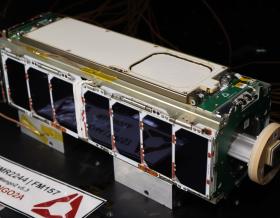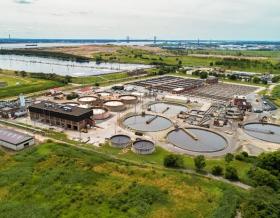
Photo courtesy of NASA
Jacobs is supporting astronauts aboard the International Space Station with new tools and hardware, allowing them to conduct a series of repairs aimed at extending the functionality of a cosmic particle detector attached to the spacecraft. On January 25, 2020, NASA completed the fourth and final spacewalk (Extravehicular Activity, or EVA) to repair the space station’s largest and most complex science instrument, the Alpha Magnetic Spectrometer (AMS), extending the life of the multinational particle detector experiment in search of dark matter and antimatter for several more years.
“Our Jacobs team at Johnson Space Center in Houston has been involved with the AMS program since 2005, providing highly technical and innovative design solutions in support of NASA,” said Jacobs Critical Mission Solutions Senior Vice President Steve Arnette. “In a series of difficult spacewalking repairs, specialized tools developed specifically for the AMS extended the life of the particle detector which may one day solve the mysteries of dark matter.”
Over the last several decades, international scientists have strived to validate Einstein’s theory of General Relativity, and one particle detector in space—the Alpha Magnetic Spectrometer—is helping prove that Einstein was right.
Launched in 2011, the AMS is the International Space Station’s premier large-scale science instrument created by an international collaboration involving the work of ~600 scientists, engineers and technicians from 60 institutions and 16 countries. To date, the particle detector has collected data on over 150 billion cosmic ray events, all which have been meticulously analyzed by members of the AMS Collaboration, identifying 2.8 million of the events as anti-protons or positrons (antimatter). Solving the origin of cosmic rays and antimatter increases our understanding of the universe.
The ~$2-billion experiment, which includes seven high energy particle detectors, over 300,000 electronic channels and 650 processors, is a complex instrument that was not initially designed to be serviced by gloved, space-suited astronauts. However, in 2014 a problem with the detector’s cooling system threatened to end the scientific project, and NASA decided to replace the failing pump hardware.
Working with NASA’s Johnson Space Center, Jacobs helped develop, prototype, and test dozens of specialized tools, training hardware, thermal blankets, mockups, cables, electronics, special test and ground support equipment as well as the flight hardware for the repair job. Jacobs personnel were also instrumental in development of the new pumps as well as the hardware system that contained the cooling fluid resupply, heat exchangers, heaters, filters, transducers, valves and instrumentation required to operate the new hardware when integrated with the original cooling system. They also facilitated the assembly and certification testing of the hardware at several locations in the U.S. and Europe. In addition, Jacobs supported specific integrated EVA training of astronauts Luca Parmitano of the European Space Agency, Andrew Morgan of NASA and several other astronauts that were part of the EVA development.
The AMS repair involved astronauts meticulously cutting eight hard-to-get-to fluid lines, installing a new pump box and connecting the new hardware to the eight cut fluid lines. In order to perform this EVA, the crew trained with high fidelity mock-ups of AMS in simulated zero gravity environments. Jacobs helped create specialized tools to reach into tight spaces inside the cooling system of the detector in order to perform the cut and swage procedure. Each move, whether an arm, hand or fully body, was carefully developed and rehearsed in advance on mock-ups developed by Jacobs, allowing the Jacobs team to solve several angle-of-approach issues with newly designed and specific EVA tools.
In addition to the EVA tools, the Jacobs team were integral partners in the development of a one-of-a-kind fitting that included a metal-to-metal swaged seal, secondary seals, and a visual leak indicator. The leak indicator worked just as designed as it detected a leak on one of the fittings during the fourth EVA which was subsequently repaired as trained. Were it not for the successful operation of this feature, it would have taken at least a fifth EVA and possibly several more months of new hardware development to make AMS fully operational. The Jacobs team also helped develop the EVA procedures and manned consoles at the International Space Station Mission Control, helping direct the spacewalking astronauts during the EVAs.
























































